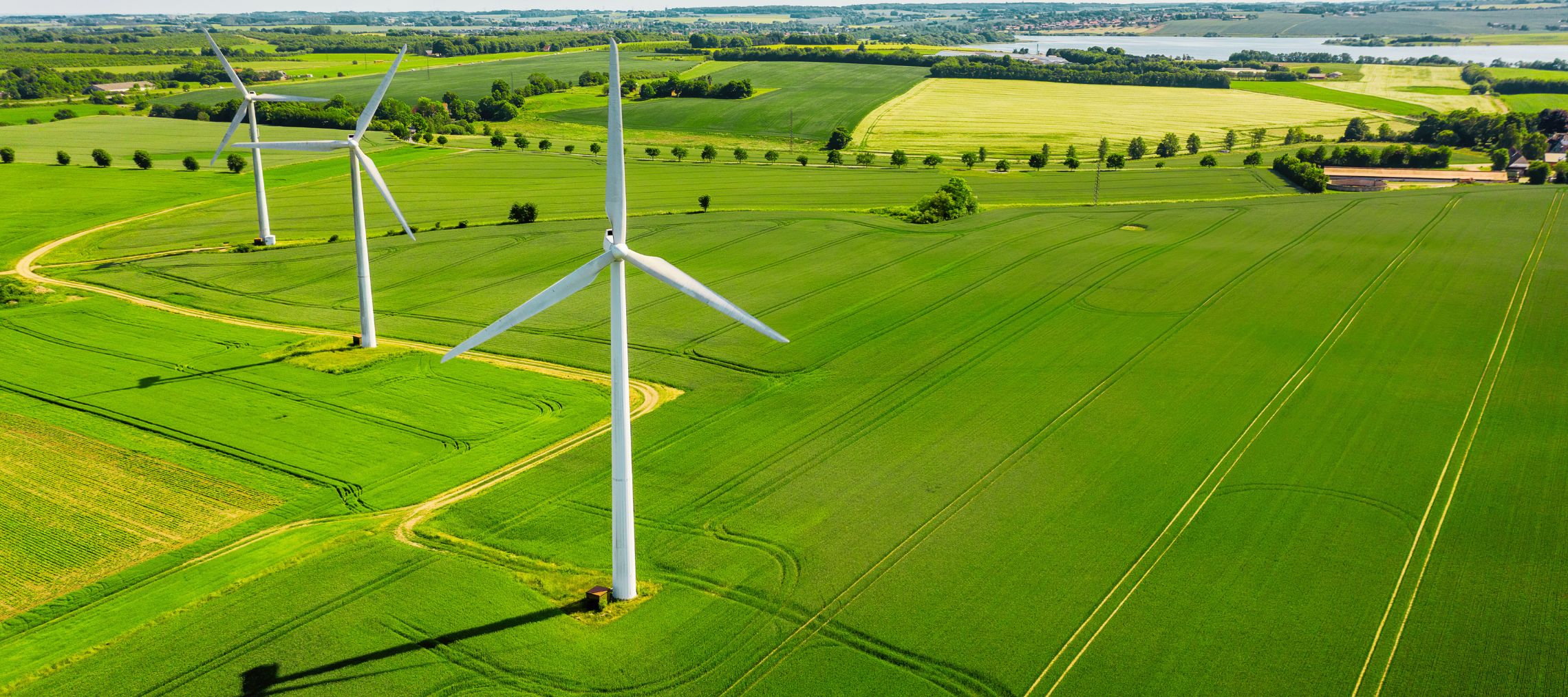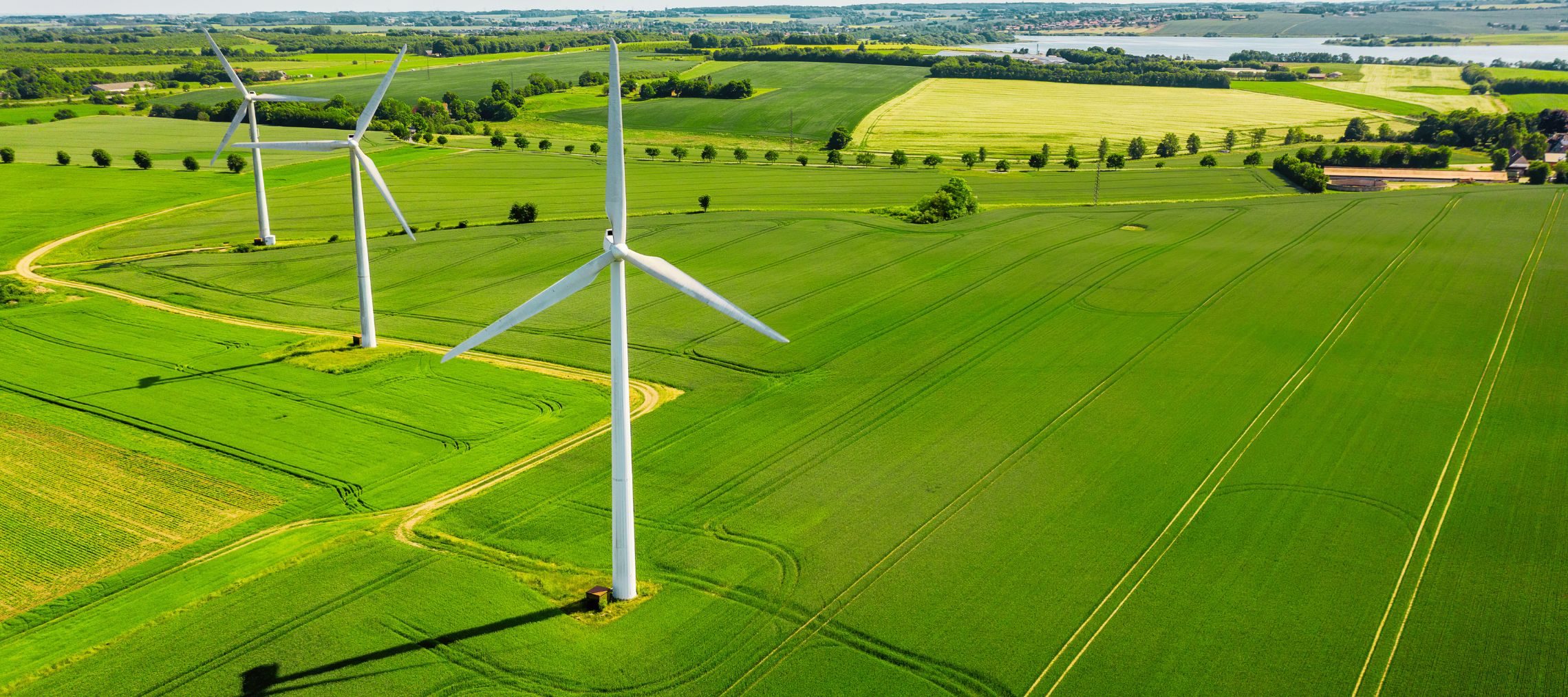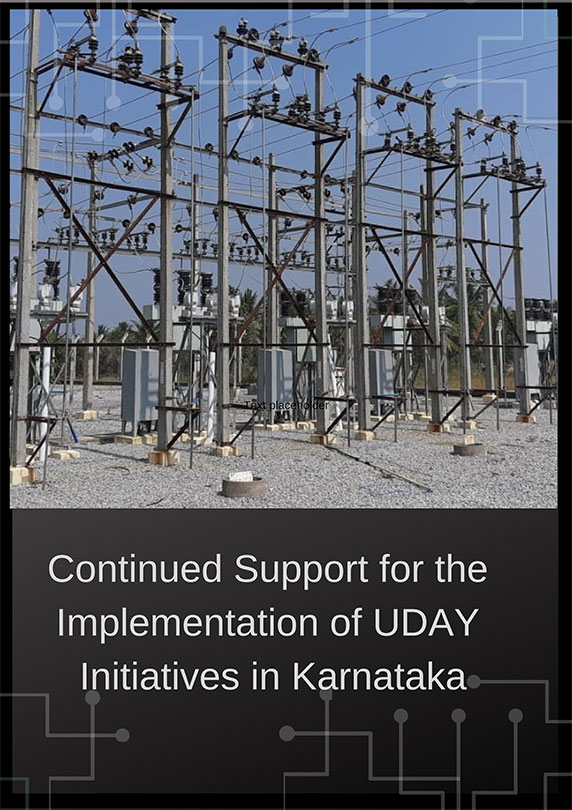The energy sector in India is impacted by certain key market trends, including unprecedented growth of renewable energy sources and advent of new technologies like electric vehicles and rooftop photovoltaic. These trends create uncertainty in the sector and require regulatory and policy changes to accommodate the increasing penetration of renewables into the grid. In this regard, CSTEP has identified two main challenges: smooth transition of state utilities to renewable energy and development of robust operational processes for long-term sustainability of distribution companies. Our work aims to explore the potential of states to meet renewable energy targets and strategise with government bodies for policy implementation at both state and national levels.




West Bengal Clean Energy Transition Roadmap 2030
West Bengal is witnessing a steady rise in energy demand, a trend expected to continue due to the growing consumption in the residential, industrial, and commercial sectors. Currently, the state’s power supply is predominantly dependent on thermal energy, which accounted for 80% of its total capacity mix in financial year (FY) 25.
Punjab Roadmap 2036: Clean Energy Transition
Punjab has a considerable dependence on thermal sources for meeting its energy demand. In financial year (FY) 2025, Punjab’s total installed generation capacity stood at 14,861 megawatts (MW), of which, thermal (including gas) constituted the largest share (56% or 8,370 MW), followed by hydro (23% or 3,398 MW), solar and wind (17.6% or 2,609 MW), other NCEs (1.9% or 287 MW), and nuclear (1.3% or 197 MW).
A budget boost for solar power could reshape india’s energy and agricultural landscape
A clean, cheap, and reliable energy source can increase power supply to farmers while alleviating subsidy burdens and reducing greenhouse emissions. These are precisely the goals of the Central Government’s Pradhan Mantri Kisan Urja Suraksha Evam Utthaan Mahabhiyan (PM-KUSUM) scheme launched in 2019 with a budget outlay of INR 34,422 crores. But as the March 2026 end date is rapidly approaching, the scheme has achieved only 5% of its targeted 34.8 GW solar deployment.
India’s Net-Zero Scenarios: Assessing the Influence of Renewable Energy Expansion on Grid Emission Factors
The future energy mix of India is poised for a transformative shift. However, the transformation is dependent on electricity demand growth, solar and wind capacity expansion, and phasing out of coal assets. This paper discusses three scenarios—BAU, pessimistic, and optimistic—for 2047 and 2070, considering technological changes in the renewable energy (RE) sector. The methodology involves computing installed capacity and energy mix using growth/decay rates and capacity utilisation/plant load factors, respectively, for different energy sources.
Accelerating India’s energy transition through customised state-level action plans
India is ranked fourth globally in installed renewable energy (RE) capacity. Yet, the country has achieved only 32% of its RE target (500 GW by 2030) as of 30 November 2024. While decisions and actions at the central level are crucial, there is a need to focus on sub-national efforts as India is a diverse country with each state having unique challenges and opportunities that are shaped by its geography, resources, and consumer mix.
Does Nuclear Energy Really Hold Promise for India's Clean Energy Transition
At the recently concluded 29th Conference of the Parties or COP29, several critical issues were discussed. Nuclear energy was also a key topic, following the COP28 commitment by 22 countries to triple nuclear capacity by 2050. This year saw more countries entering the above commitment, taking the total count to 31, while the discussions mostly delved into the details of advancing nuclear energy, emphasising strategies for attracting investments, strengthening cross-border partnerships and identifying ways to deploy small modular reactors (SMRs) for energy-intensive sectors.
Addressing the gaps in PM Surya Ghar Muft Bijli Yojana
India launched a landmark scheme, the PM Surya Ghar Muft Bijli Yojana, in February this year, to support the uptake of rooftop solar photovoltaics (RTPVs) in the country. Under this scheme, residential households are eligible for a subsidy of INR 30,000 per kilowatt (kW) for the first 2 kW and INR 18,000 per kW for an additional capacity of up to 3 kW. With over 1.28 crore registrations and 14.84 lakh applications, the scheme has garnered remarkable interest as highlighted in the recent union budget.